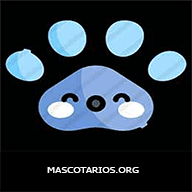Content |
|---|
History
One of the reasons there are so many Terrier breeds is because many were created to measure for a given area or population.. The Norwich comes from the East Anglia of England, Cambridge University Headquarters. Like college students of any age, Cambridge students of the decade 1880 they thought it was a lot of fun betting on sporting events, including your dogs' mouseing skills. Los terrier, including those in yorkshire and ireland, they were bred to develop small red or black and tan dogs with a spirit of play. They were known as Terriers Trumpington.
A Trumpington named Rags, he was a stable dog near the city of Norwich, He had such a reputation as a buzzard that he had a profound influence on what would become known as Norwich Terrier. Rags and their descendants were crossed with other Terriers, including a small Staffordshire Terrier, and became known for a new skill: get foxes out of their burrows.
Since the 19th century there are documented sources that confirm the breeding of the Norwich Terrier. But, At that time there was also Norfolk Terrier, which is closely related to the Norwich Terrier. Back then it was considered the same race, nowadays they differ in insignificant points. Since the decade of 1960 the two races have been handled differently.
A particularly different trait is the ears, in the Norwich Terrier tend to be more upright, While in the Norfolk Terrier they are slightly bent. After many years of upbringing, you can see some character differences. The Norwich Terrier, for example, is considered more affectionate than the Norfolk Terrier. At that time animals were especially used as rat catchers and were often used on farms.
Physical characteristics
It is one the smaller Terrier its height is maximum 25 cm the cross and his weight is between 5 and 5.5 kg.
Recently on United States, There has been a great fraud with these dogs, they sold fake Norwich Terriers with pedigree, by Internet.
Son difficult to create because their births tend to be by caesarean section. His cloak is twofold and can be red, Red wheat, Black fire or salt and pepper (grey).
Norwich Terrier has a fur two layers, a foreign finish hard, rough and a warm and soft layer, attached to the skin.
Ideally, styling it once a week to remove the loose hairs killed.
As minimum, the hair should be stripped once in the fall and once in the spring.
Observations
The cut or Court it adversely affects the appearance of the natural colors of the layer and texture.
Character and skills
The Norwich Terrier, they have a character lively, joyful, loving and they are curious by nature.
One advantage is that they are not anti-social dogs or they tend to show aggressiveness.
They were originally bred to hunt burrowing animals but today they have become excellent companion animals..
These small but sturdy dog, brave, Smart and very loving. They were bred for chasing varmints and accompanied their owners farmers on horseback. A good daily walk is therefore, the minimum necessary to meet exercise requirements, and give a healthy lifestyle.
They are sensitive to the scolding, as the 100% Terrier. Much like family life, and very little loneliness. It is not meaningless ladrador, But if you notice something strange, It will be.
It is a dog that She loves children. They adapt perfectly to other pets.
The life expectancy the Norwich Terrier is 12 to 16 years.
Characteristics "Norwich Terrier"
Coexistence is important that you have with your new friend. Before considering the acquisition of a dog of the breed "Norwich Terrier" you know certain factors. Not all breeds of dogs are apt to live in an apartment, you must take into account his character, their need for exercise, their interaction with other pets, their care and if you have small children, their level of tolerance towards them.
Adaptation ⓘ5.0 out of 5 stars (based on 1 review)
|
friendly dog ⓘ5.0 out of 5 stars (based on 1 review)
|
hair loss ⓘ2.0 out of 5 stars (based on 1 review)
|
|---|---|---|
Affection level ⓘ4.0 out of 5 stars (based on 1 review)
|
Need for exercise ⓘ4.0 out of 5 stars (based on 1 review)
|
Social need ⓘ3.0 out of 5 stars (based on 1 review)
|
Home ⓘ4.0 out of 5 stars (based on 1 review)
|
Toilet ⓘ3.0 out of 5 stars (based on 1 review)
|
Friendly with strangers ⓘ2.0 out of 5 stars (based on 1 review)
|
barking ⓘ4.0 out of 5 stars (based on 1 review)
|
Health ⓘ2.0 out of 5 stars (based on 1 review)
|
Territorial ⓘ3.0 out of 5 stars (based on 1 review)
|
Cat friendly ⓘ4.0 out of 5 stars (based on 1 review)
|
Intelligence ⓘ4.0 out of 5 stars (based on 1 review)
|
Versatility ⓘ2.0 out of 5 stars (based on 1 review)
|
Child friendly ⓘ4.0 out of 5 stars (based on 1 review)
|
Surveillance ⓘ4.0 out of 5 stars (based on 1 review)
|
joy ⓘ3.0 out of 5 stars (based on 1 review)
|
Norwich Terrier Images
Norwich Terrier Videos
Type and recognitions:
- FCI CLASSIFICATION: 72
- Group 3: Terriers
- Section 2: Small sized Terriers. Without working trial..
Federations:
- – FCI – Terriers 2 Small sized Terriers. ⓘ
- – AKC – Terriers ⓘ
- – ANKC – Terriers ⓘ
- – CKC – Terriers ⓘ
- – KC – Terriers ⓘ
- – NZKC – Terriers ⓘ
- – UKC – Terriers ⓘ
FCI breed standard "Norwich Terrier"
Alternative names:
1. Norwich (English).
2. Norwich (French).
3. Norwich (German).
4. Norwich (Portuguese).
5. Terrier de Norwich (español).
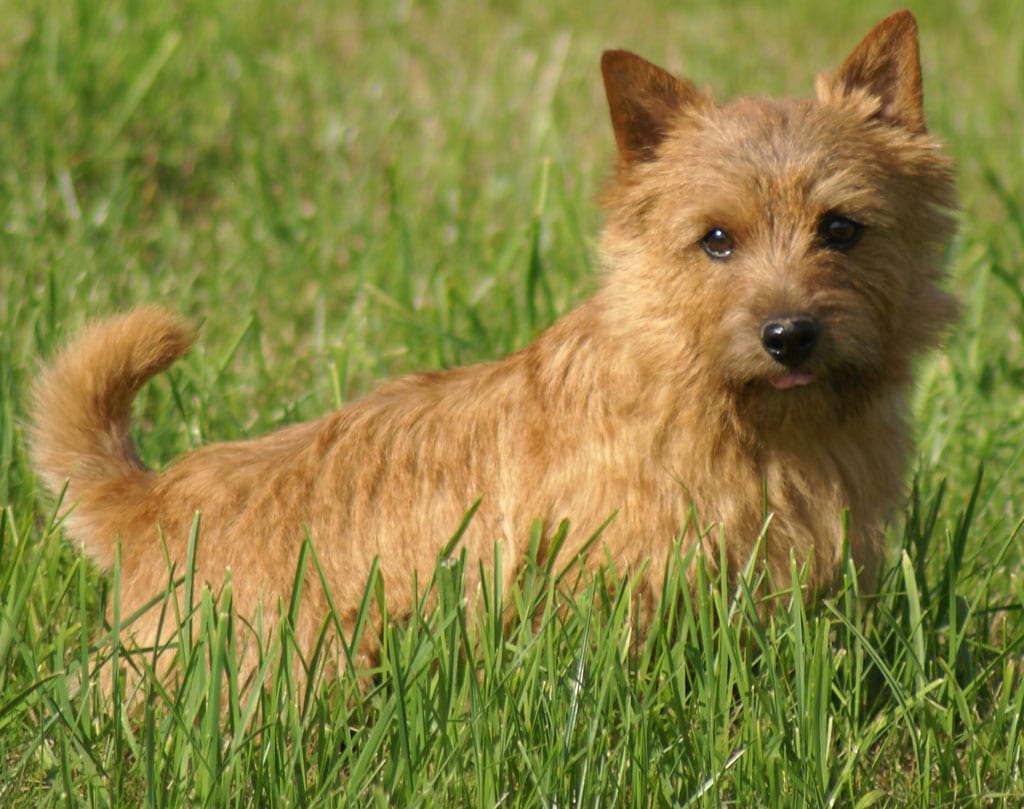

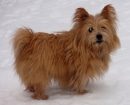

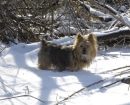
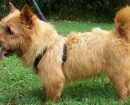
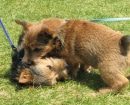
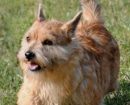
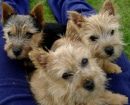
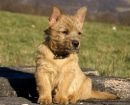
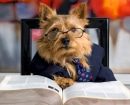
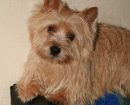
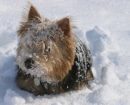
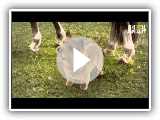 Dogs 101- Norwich Terrier
Dogs 101- Norwich Terrier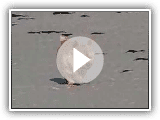 Synerwich Norwich Terriers on the Beach, Cape Cod Dec 2007
Synerwich Norwich Terriers on the Beach, Cape Cod Dec 2007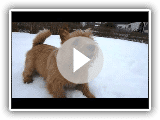 Kalle the Norwich terrier in the snow
Kalle the Norwich terrier in the snow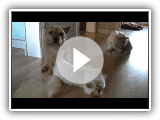 Burma & norwichterrier
Burma & norwichterrier